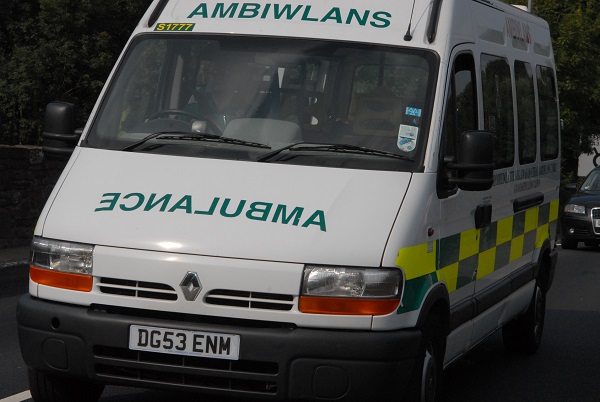 Subscribers Only
People
Subscribers Only
People 
As the NHS continues to struggle, Victoria Winckler sets the scene for the Bevan Foundation’s upcoming series of articles on challenges and solutions to the crisis.
On every measure, Wales’ NHS is in crisis. Queues of ambulances outside Accident and Emergency departments are a regular feature on our TV screens, along with stories about the human cost of long waiting times for treatment.
Over the next few weeks, the Bevan Foundation will be publishing a series of different perspectives on the challenges facing Wales’ best-loved public service. We’re aiming to shed some light on the underlying causes of the problems and offer up some options for change. This article provides some context for the upcoming contributions.
Despite the claims of politicians of all stripes, it is pretty clear that the NHS’s current problems have complex origins.
First of all, there is unprecedented demand for care.
The Welsh Government’s NHS performance statistics chart the escalating demand. There are record numbers of visits to the NHS 111 Wales website and as well as unprecedented numbers of calls to the 111 service. These figures are not just the worried well, checking out their coughs and sniffles – there is a real surge in serious illness. The number of calls to the ambulance service which are ‘red’ – i.e. for immediately life threatening conditions – at the highest ever in December 2022. The number of people attending A&E is slightly down on the summer, but admissions from A&E have been rising month on month – again suggesting genuine illness lies behind these figures.
Second, there is a legacy from Covid-19.
More people than ever before are waiting longer than ever before for diagnostic tests or to start treatment according to Welsh Government statistics (NB technically the figures are for ‘patient pathways’ rather than patients). This is a result of substantial delays to treatment during the pandemic coupled with a surge in referrals as conditions eased. While the numbers are waiting have thankfully fallen slightly in recent months, they nevertheless stand at the fourth highest record and 61.5% higher than February 2020.
Third, more people are stuck in hospital.
As is well known, too many people are medically-fit to be discharged but remain in hospital while rehabilitation or other care is arranged for them. There are twice the number of delayed discharges of care now as before the pandemic, with the uptick in delays mostly occurring after April 2021. Shortages of capacity in social care are one factor, although it has also been noted that growing numbers of patients have complex care needs that are less readily available.
Fourth, the number of health and care workers is shrinking.
Less widely acknowledged are the falls in the health and care workforce. The number of medical staff and nurses is up across most specialties, but the real pinch-points are in general practice and social care. For GPs, the number of full-time equivalent doctors is down from 1,610 in December 2021 to 1,562 in June 2022. The number of registered domiciliary care workers has fallen sharply, down from 22,131 in 2021 to 19,982 in 2022 – in just a year, more than 5,000 workers left the care register, nearly a quarter of the workforce.
Last but not least, Wales has a growing burden of ill-health.
On top of all these challenges in the NHS, a combination of the large number of older people living in Wales and the poverty experienced by one in four of its citizens is increasing the burden of ill-health. Like it or not, older people are more likely to need NHS services while poverty is closely associated with higher levels of everything from asthma to heart disease and cancer. These are not new social characteristics but they play their part in driving demand for care.
What’s clear is that there are real structural problems in the ability of the NHS to meet the health and care needs of Wales’ population. This is not just about ‘bed blockers’, ‘inappropriate 999 calls’ or people not eating healthily – it’s about whether there are enough resources to provide the right services in the place and time that people need. As we will see over the next few articles, there is much more to do to get the NHS on the right path.


